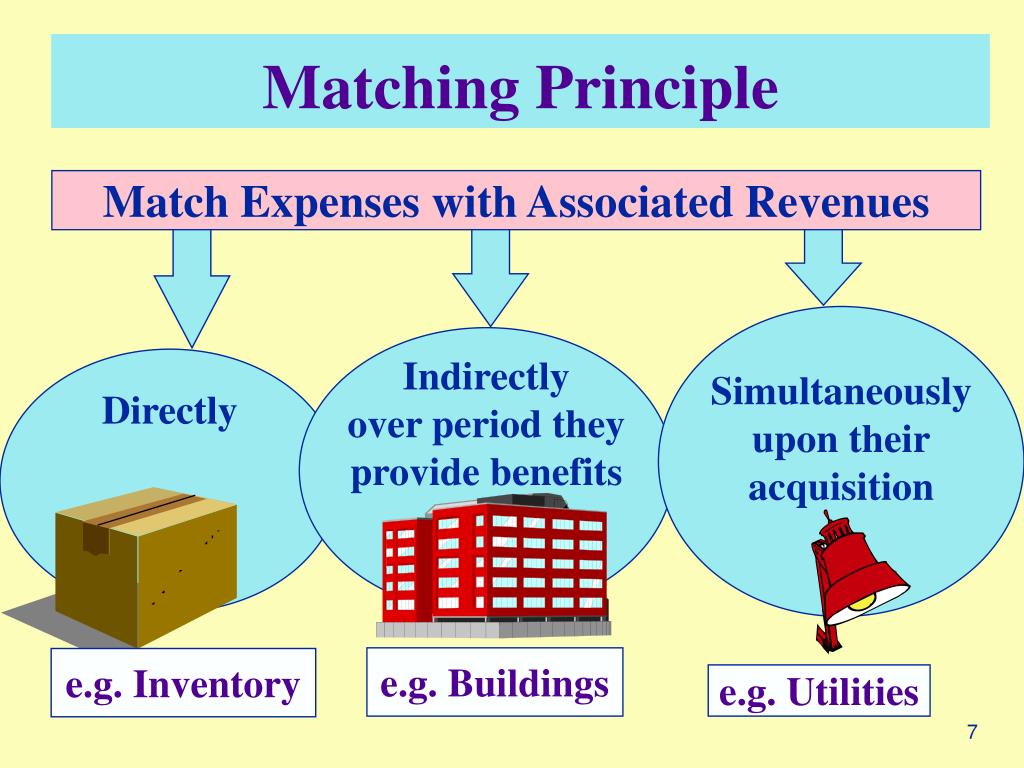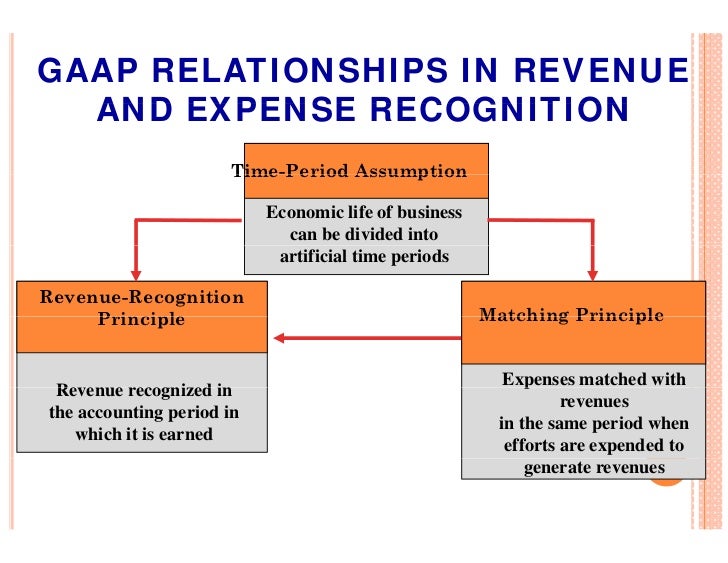
What Would Expense Recognition Look Like? Once paired (or matched), the expense is recorded in the same period the revenue was produced, not the period of the original cost. You might sometimes hear it referred to as the matching principle, this is because you don’t recognize and record a cost until those expenses are matched to the revenues they helped generate. Cashīecause of its complexities, the expense recognition principle is only used with accrual accounting. The cash accounting method, however, recognizes revenue or costs as soon as cash is received or paid. As a reminder, the accrual accounting method recognizes revenues and expenses when they’re happening, regardless of when cash is received or paid. and 39: operating costs.The expense recognition principle is the primary difference between accrual and cash accounting.and 37: Course Schedule Course Modules Revi.and 35: Sale Sale* Returned 20X6# Price Amo.and 31: Construction-in-progress inventory.and 25: Course Schedule Course Modules Revi.and 21: Course Schedule Course Modules Revi.and 19: Course Schedule Course Modules Revi.and 17: Course Schedule Course Modules Revi.and 15: Course Schedule Course Modules Revi.


(Level 1) 4.3 Revenue recognition before and after delivery Describe the criteria for recognizing revenue before and after delivery. (Level 1) 4.2 Revenue recognition at delivery Describe the criteria for recognizing revenue at time of delivery. Topic outline and learning objectives 4.1 Revenue recognition concepts Explain the theory underlying current recognition practices for various sources of revenue. Test your knowledge Begin your work on this module with a set of test-your-knowledge questions designed to help you gauge the depth of study required. Finally, you apply your knowledge of the ethical concerns that affect revenue and expense recognition to a case involving a company reporting on its income results.

As you work through each topic, you acquire an understanding of the timing and methods of expense recognition.
#Expense recognition principle how to
You also learn how to evaluate the factors that affect the timing and amount of revenue recognized: warranties, returned goods, and the type of sale. Course Schedule Course Modules Review and Practice Exam Preparation Resources Module 4: Revenue and expense recognition Overview In this module, you learn about the concepts and processes of revenue and expense recognition, and become familiar with the three criteria for revenue recognition: performance, measurability, and collectibility.


 0 kommentar(er)
0 kommentar(er)
